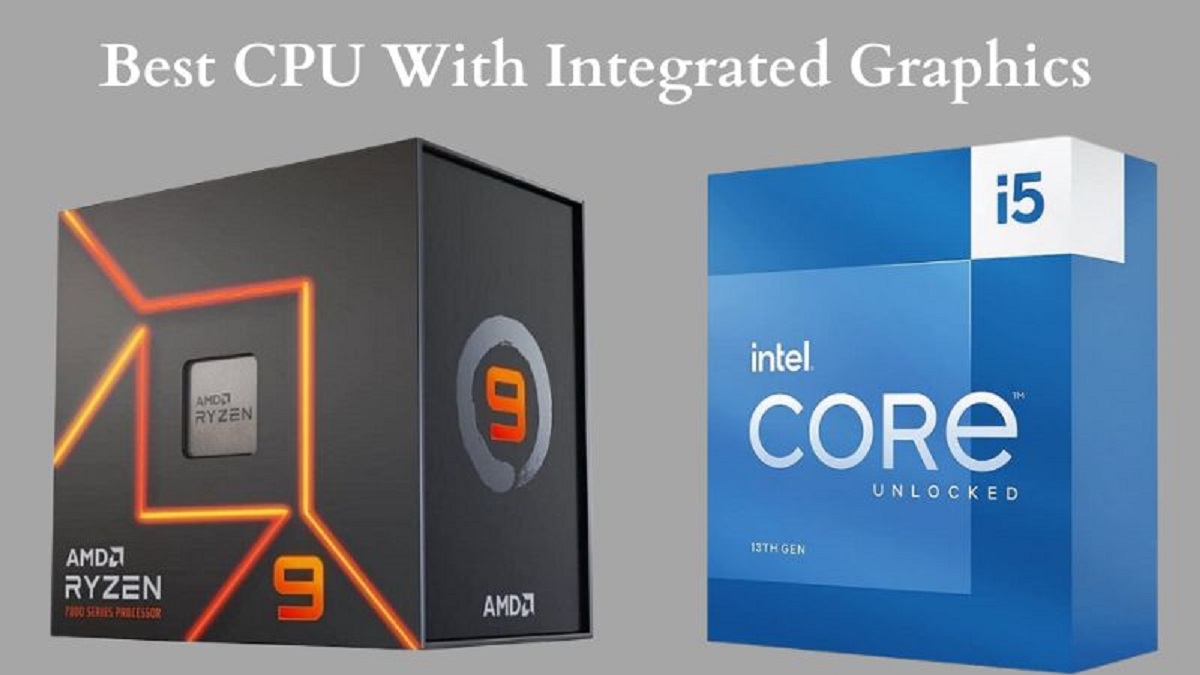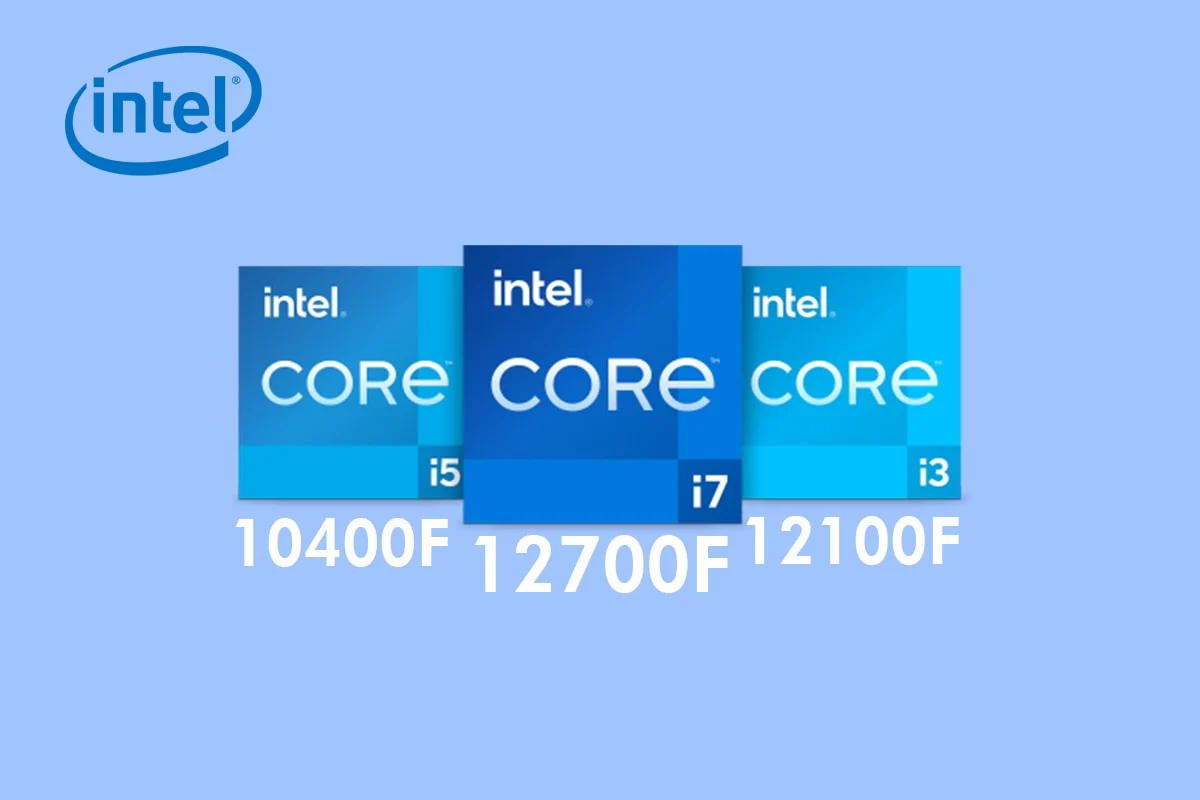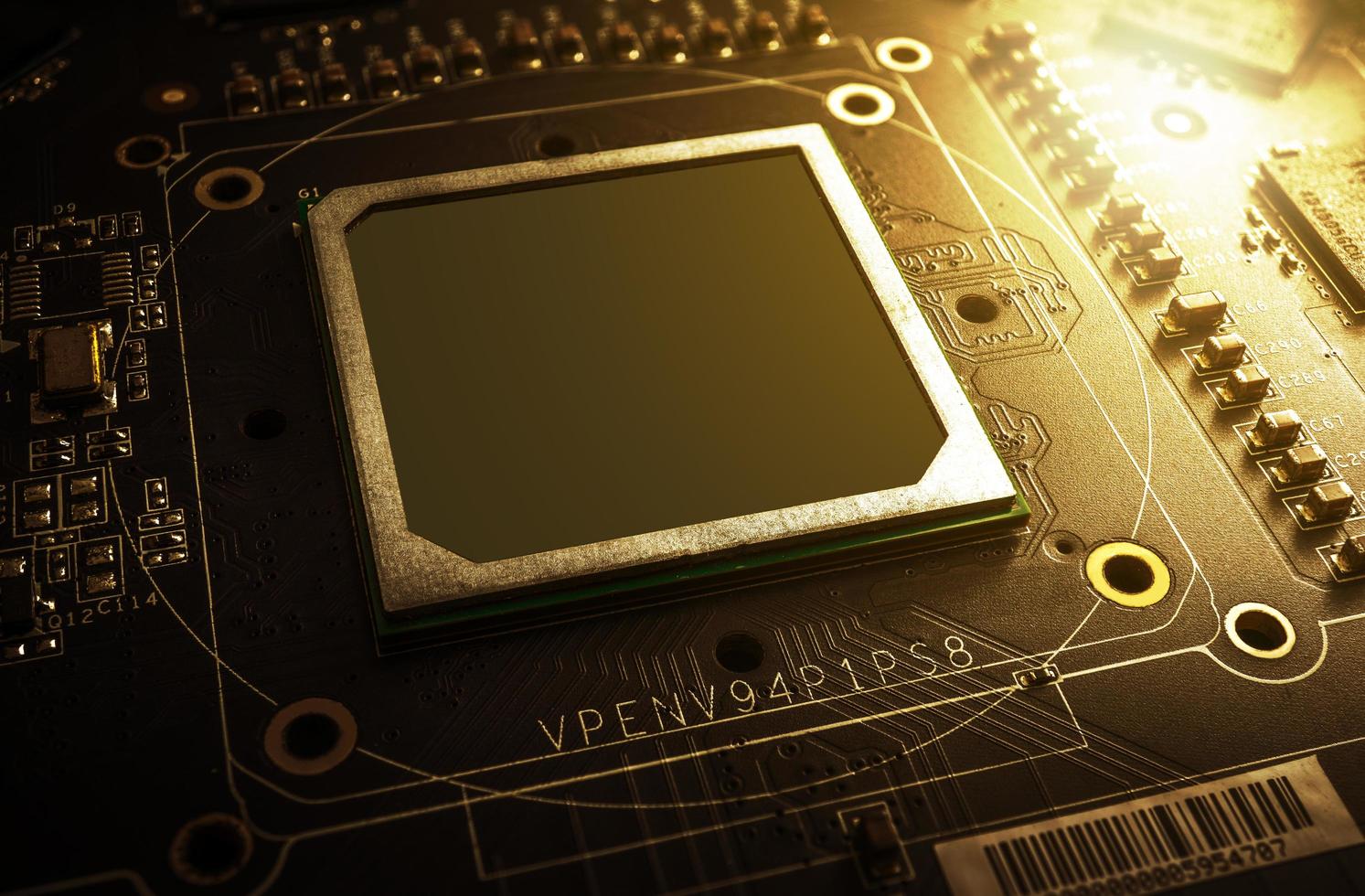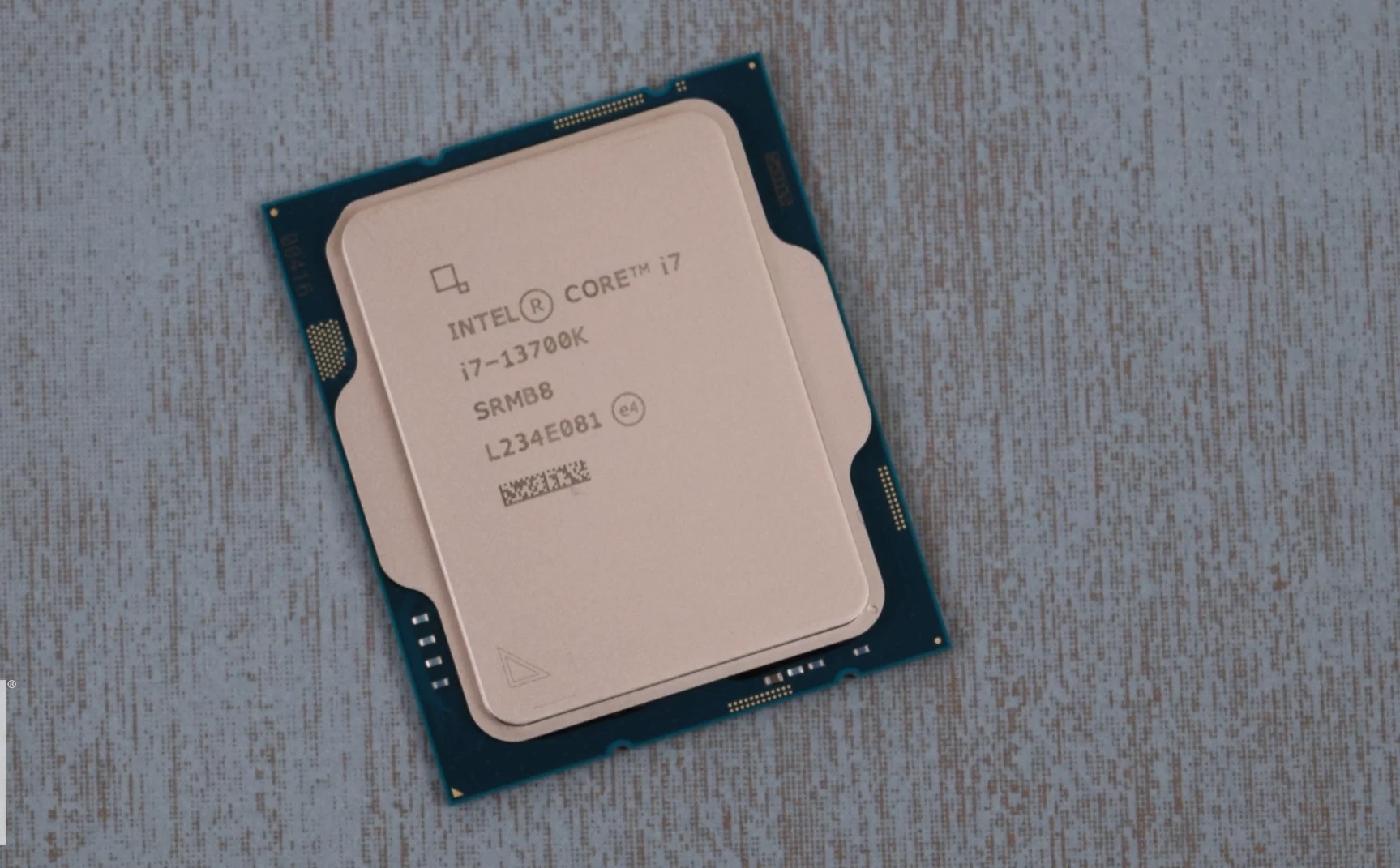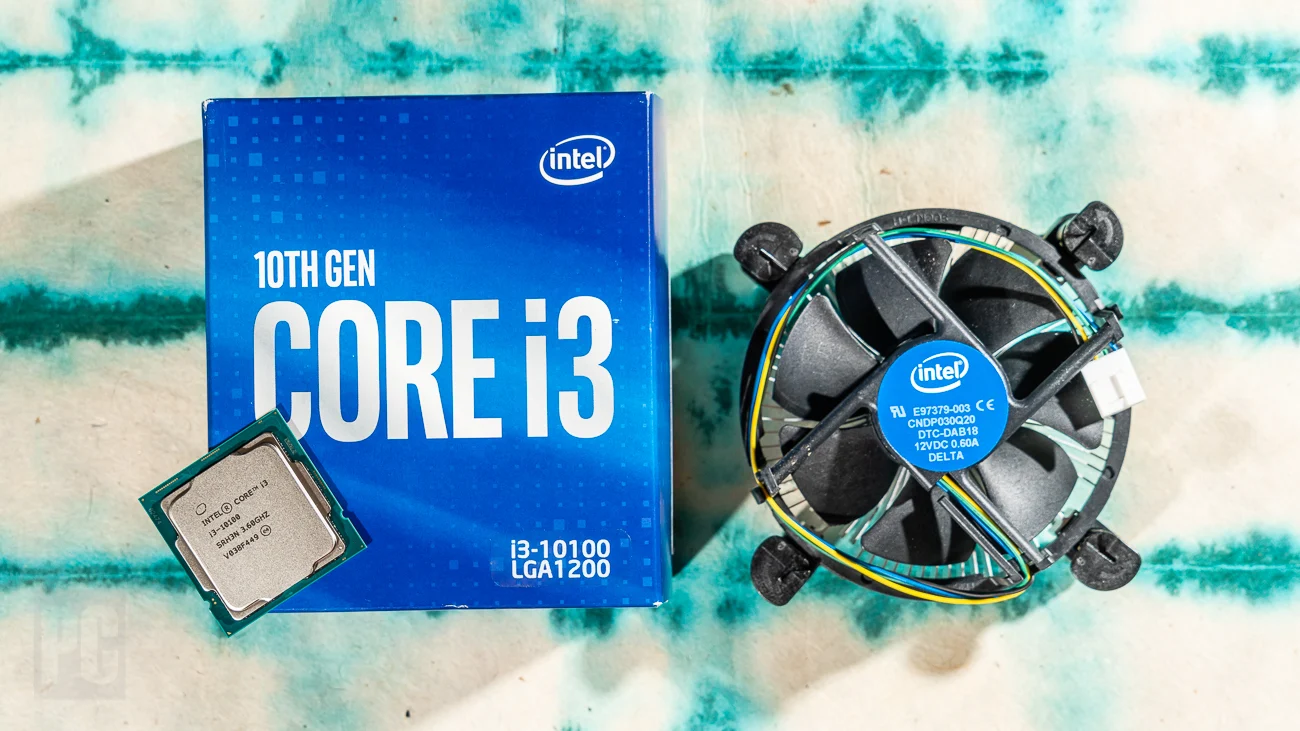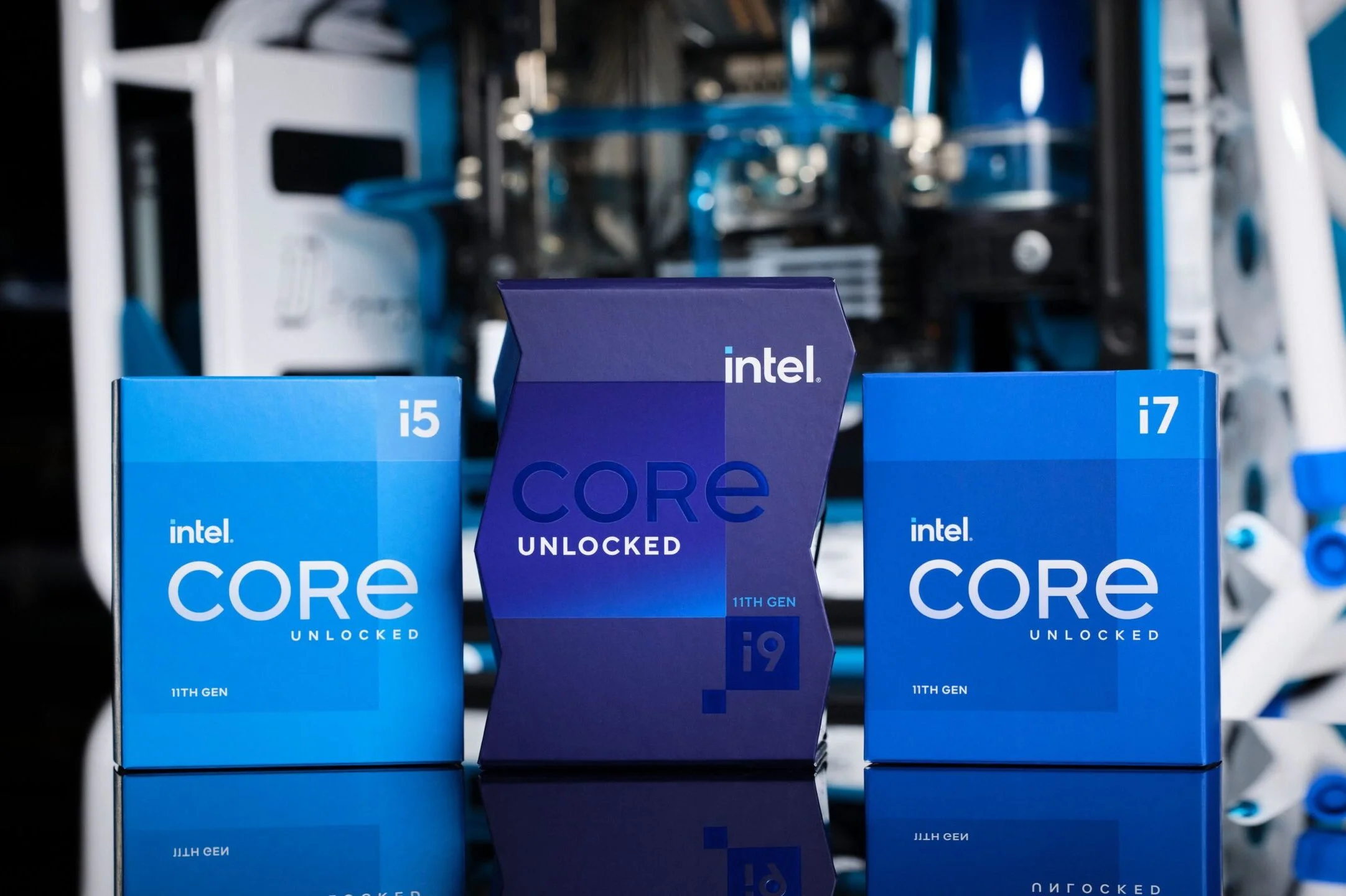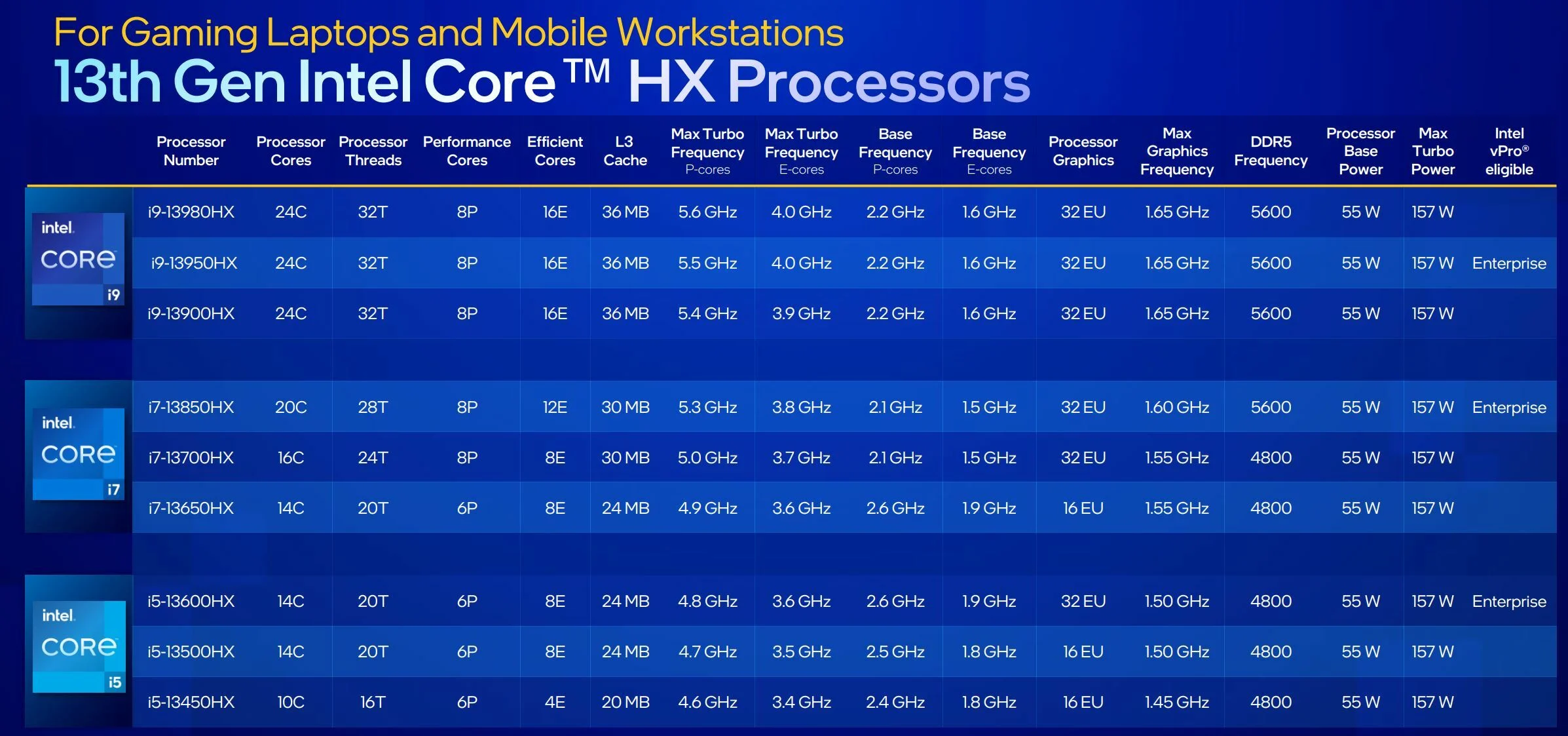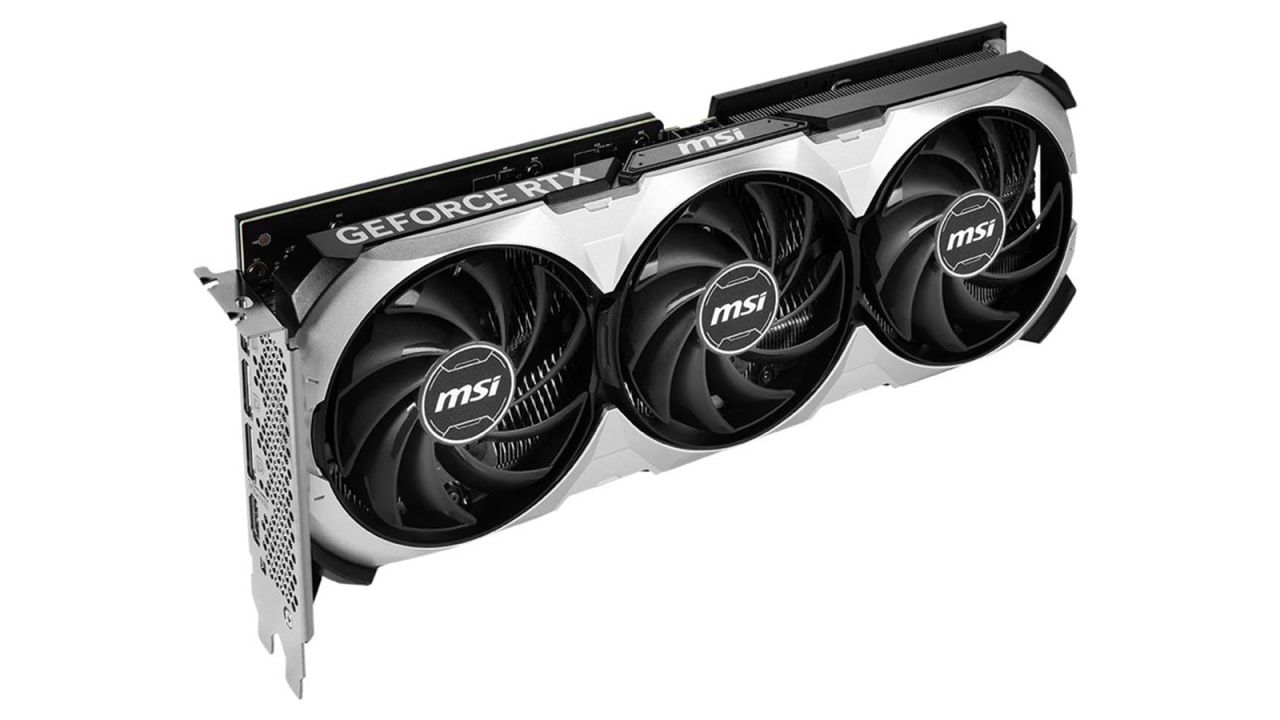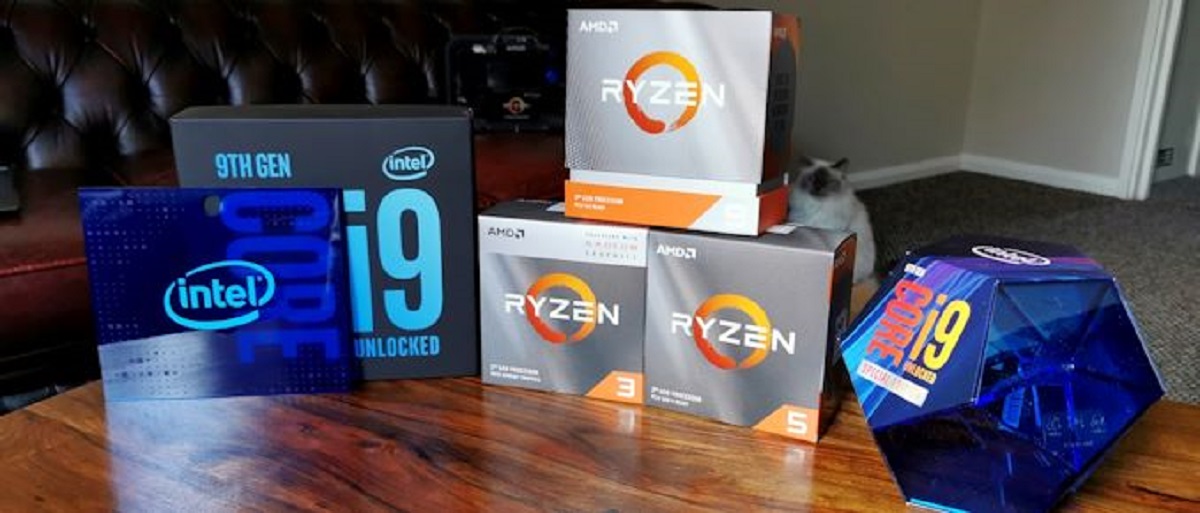Introduction
Welcome to our guide on the best CPUs with integrated graphics! In today’s increasingly graphics-intensive world, having a powerful graphics card is essential for a smooth gaming experience, video editing, or even just for everyday tasks like photo editing or streaming.
However, not everyone has the budget or the need for a separate graphics card. This is where CPUs with integrated graphics come in. Integrated graphics, also known as onboard graphics or integrated GPUs (Graphics Processing Units), are built-in graphics processors that are integrated directly into the CPU.
Integrated graphics offer a convenient and cost-effective solution for those who don’t require high-performance graphics but still want decent visuals and smooth multimedia playback. They provide basic graphics capabilities that can handle everyday tasks and even some light gaming.
In this guide, we will explore the importance of integrated graphics and discuss the factors you should consider when evaluating them. We will also highlight some of the top CPUs that come with the best-integrated graphics, enabling you to make an informed decision when choosing a CPU for your needs.
Whether you’re a casual computer user, a content creator, or a budget-conscious gamer, understanding the benefits and capabilities of CPUs with integrated graphics will help you find the perfect balance between performance and affordability.
What is Integrated Graphics?
Integrated graphics, also known as onboard graphics or integrated GPUs (Graphics Processing Units), are graphics processors that are built into the CPU itself. Instead of having a separate dedicated graphics card, CPUs with integrated graphics combine the processing power of the CPU with basic graphical capabilities.
Integrated graphics have come a long way in recent years, and they are now capable of providing decent graphics performance for everyday computing tasks. They are particularly useful for laptops, ultrabooks, and small form factor PCs, where space and power limitations make it impractical to have a separate graphics card.
The integrated graphics processor shares system memory with the CPU, which means that it does not have its dedicated VRAM (Video Random Access Memory) like a discrete graphics card. This shared memory configuration can limit the graphics performance, especially when running graphics-intensive applications or games that require a large amount of VRAM.
However, modern integrated graphics solutions have become increasingly powerful, allowing for smooth multimedia playback, basic photo and video editing, and even some casual gaming. They are capable of handling tasks like web browsing, word processing, and media streaming without any noticeable lag or stuttering.
It’s important to note that integrated graphics are not designed for high-end gaming or professional graphics work. If you require demanding 3D rendering, video editing, or gaming at high resolutions and settings, a dedicated graphics card is still the better option. However, for everyday tasks, general productivity, and entry-level gaming, CPUs with integrated graphics can provide a cost-effective solution.
Next, we will explore the significance of integrated graphics and why it is important to consider this feature when choosing a CPU.
Why is Integrated Graphics Important?
Integrated graphics are important for several reasons, particularly for users who don’t require high-performance graphics or have budget constraints. Here are some key reasons why integrated graphics are important:
- Affordability: Integrated graphics eliminate the need to purchase a separate graphics card, which can significantly reduce the overall cost of building or upgrading a computer system. This makes CPUs with integrated graphics an attractive option for budget-conscious individuals and those who don’t have demanding graphics requirements.
- Space and Power Efficiency: Integrated graphics are built directly into the CPU, eliminating the need for an additional component. This not only saves space within the computer case but also reduces power consumption. It is particularly beneficial for small form factor PCs, laptops, and other compact systems where space and power limitations are a concern.
- Everyday Tasks: Integrated graphics are more than capable of handling everyday computing tasks such as web browsing, email, word processing, and media streaming. They provide smooth visualization of websites, document editing, and streaming high-definition videos. For most users, integrated graphics offer more than enough performance for their general productivity needs.
- Entry-Level Gaming: While integrated graphics are not designed for high-end gaming, they can handle less demanding games and older titles quite well. Many integrated graphics solutions now support DirectX and OpenGL, allowing users to play casual games and enjoy a satisfactory gaming experience without the need for a dedicated graphics card.
- Portability: For those who rely on laptops or ultrabooks, integrated graphics are crucial for portable computing. They enable users to enjoy multimedia content, perform everyday tasks, and even engage in light gaming on the go without the need for an additional graphics card. This makes laptops with integrated graphics a popular choice for students, business professionals, and frequent travelers.
Integrated graphics may not offer the same level of performance as dedicated graphics cards, but they provide a viable solution for many users, especially those who prioritize affordability, space efficiency, and everyday computing tasks. By considering the benefits and limitations of integrated graphics, you can make an informed decision about the CPU that best suits your needs.
Factors to Consider when Evaluating Integrated Graphics
When evaluating CPUs with integrated graphics, there are several key factors that you should consider to ensure that they meet your specific needs. Here are some important factors to consider:
- Performance: The performance of integrated graphics can vary depending on the specific CPU model and generation. Look for CPUs with higher clock speeds, a greater number of GPU cores or execution units, and support for the latest graphics technologies. Benchmarks and reviews can provide valuable insights into the performance capabilities of integrated graphics.
- Supported Resolutions and Refresh Rates: Consider the maximum supported resolutions and refresh rates of the integrated graphics. If you have a high-resolution monitor or plan to connect to multiple displays, ensure that the integrated graphics can handle your desired configuration without any limitations or compromises in performance.
- Video Playback and Encoding: If you frequently watch high-definition videos or engage in video editing tasks, check if the integrated graphics support hardware-accelerated video decoding and encoding technologies such as Quick Sync or VCE (Video Coding Engine). These features can significantly enhance video playback performance and reduce CPU usage during video processing.
- Gaming Capabilities: If you’re a casual gamer or enjoy playing less demanding games, look for CPUs with integrated graphics that offer good gaming performance. Consider the supported APIs (such as DirectX or Vulkan), the number of shader cores, and the VRAM allocation options, as these factors can affect the visual quality and frame rates in games.
- Connectivity and Display Outputs: Ensure that the CPU with integrated graphics provides the necessary display outputs to connect to your desired monitors or projectors. Common display outputs include HDMI, DisplayPort, and DVI. Additionally, check if the integrated graphics support features like multiple monitor setups, 4K resolution, or HDR (High Dynamic Range).
- Thermal Design Power (TDP): Consider the TDP of the CPU with integrated graphics, as this affects the power consumption and heat output. Lower TDP values generally result in lower power consumption and cooler operation, making them ideal for small form factor PCs and energy-efficient systems.
By carefully evaluating these factors, you can choose a CPU with integrated graphics that aligns with your specific requirements and offers the best balance between performance, features, and affordability.
Top CPUs with the Best Integrated Graphics
When it comes to CPUs with the best-integrated graphics, there are several options available that offer impressive performance and visual capabilities. Here are some of the top CPUs to consider:
- Intel Core i5-11600K: This 11th generation Intel CPU features Intel Xe graphics, providing excellent graphics performance for gaming and multimedia tasks. It supports up to 4K resolution and offers impressive gaming capabilities for a CPU with integrated graphics.
- AMD Ryzen 7 5700G: The Ryzen 7 5700G from AMD’s Zen 3 lineup boasts powerful integrated graphics with AMD Radeon graphics cores. It offers smooth gaming performance, supports PCIe 4.0, and features advanced technologies like AMD Smart Access Memory and Infinity Cache.
- Intel Core i7-11700K: Another 11th generation Intel CPU with Intel Xe graphics, the Core i7-11700K provides exceptional gaming performance and supports up to 4K resolution. It also offers impressive multi-threaded performance for demanding tasks.
- AMD Ryzen 5 5600G: The Ryzen 5 5600G is a popular choice for budget-conscious builders looking for a CPU with integrated graphics. It delivers solid gaming performance, supports PCIe 4.0, and features AMD Radeon graphics cores based on the Vega architecture.
- Intel Core i9-11900K: Considered one of the most powerful CPUs with integrated graphics, the Core i9-11900K offers Intel Xe graphics with exceptional gaming performance and support for high-resolution displays. It also delivers top-notch processing power for demanding tasks.
These CPUs offer a combination of powerful integrated graphics and high-performance CPUs. They are suitable for a variety of applications, ranging from everyday tasks to gaming and multimedia editing. However, it’s important to note that while these CPUs provide excellent integrated graphics performance, they may still fall short compared to dedicated graphics cards for more demanding gaming or professional work.
Before making a decision, consider your specific requirements, budget, and overall system configuration. Research and reviews can provide valuable insights into the performance and capabilities of these CPUs to help you make an informed choice.
Conclusion
Integrated graphics play a crucial role in providing cost-effective and space-efficient graphics capabilities for CPUs. They are particularly beneficial for those on a budget, users with limited space, and individuals who require basic graphics performance for everyday tasks and casual gaming.
When evaluating CPUs with integrated graphics, it is important to consider factors such as performance, supported resolutions and refresh rates, video playback and encoding capabilities, gaming capabilities, connectivity options, and thermal design power. These factors will help you choose a CPU that aligns with your needs and provides the best combination of performance and features.
The top CPUs with the best-integrated graphics include the Intel Core i5-11600K, AMD Ryzen 7 5700G, Intel Core i7-11700K, AMD Ryzen 5 5600G, and Intel Core i9-11900K. These CPUs offer impressive graphics performance and are suitable for various computing tasks, including gaming, multimedia editing, and general productivity.
However, it is important to note that integrated graphics have their limitations, and they may not match the performance of dedicated graphics cards for more demanding tasks. If you require advanced 3D rendering, professional graphics work, or high-end gaming, a dedicated graphics card is still the recommended choice.
In conclusion, integrated graphics provide a practical and cost-effective solution for users who don’t require high-performance graphics or have budget constraints. By understanding the importance of integrated graphics and considering the factors discussed, you can make an informed decision and choose a CPU with integrated graphics that best suits your specific needs.







